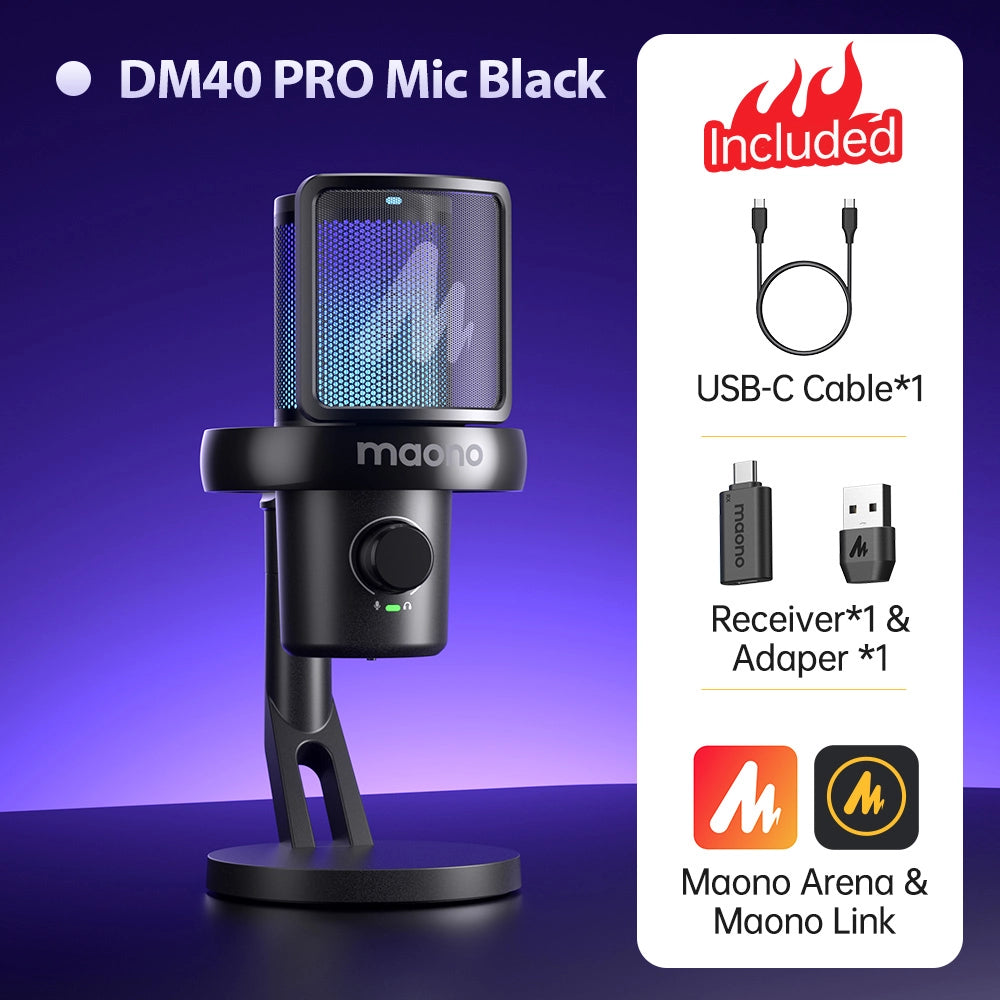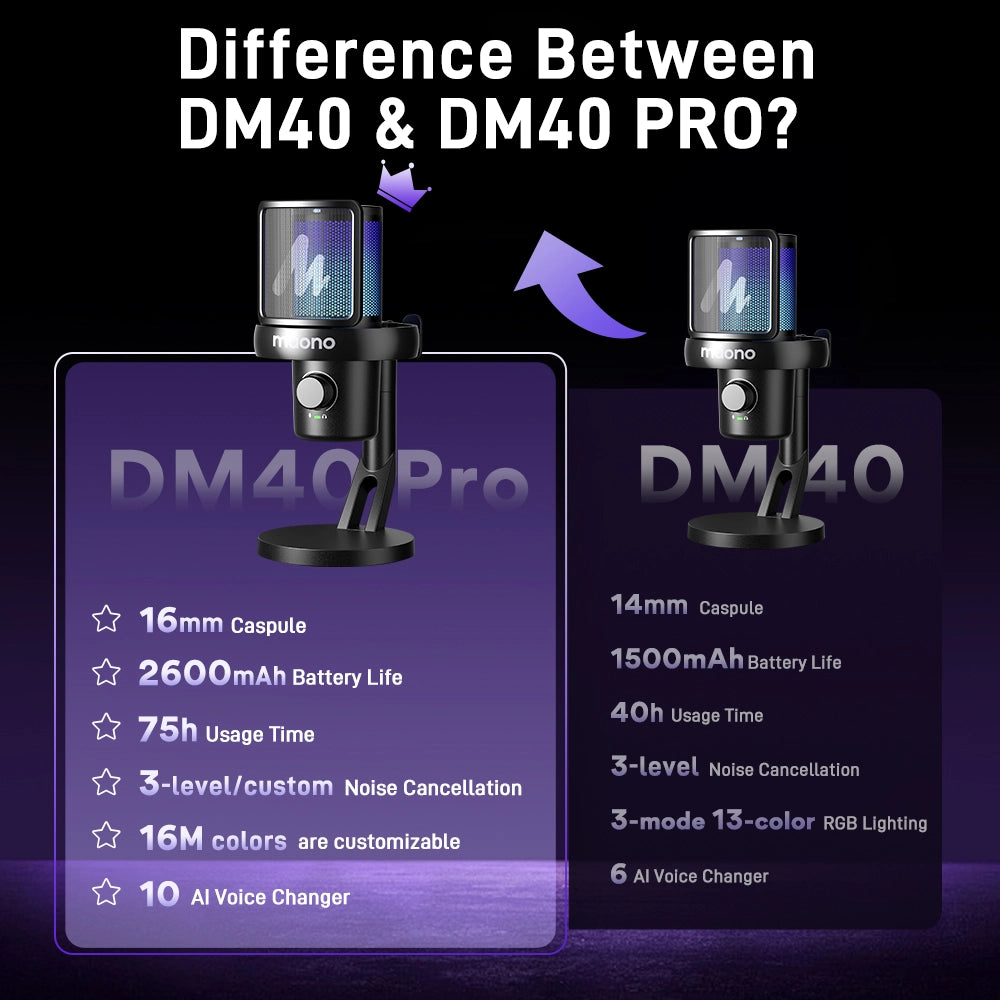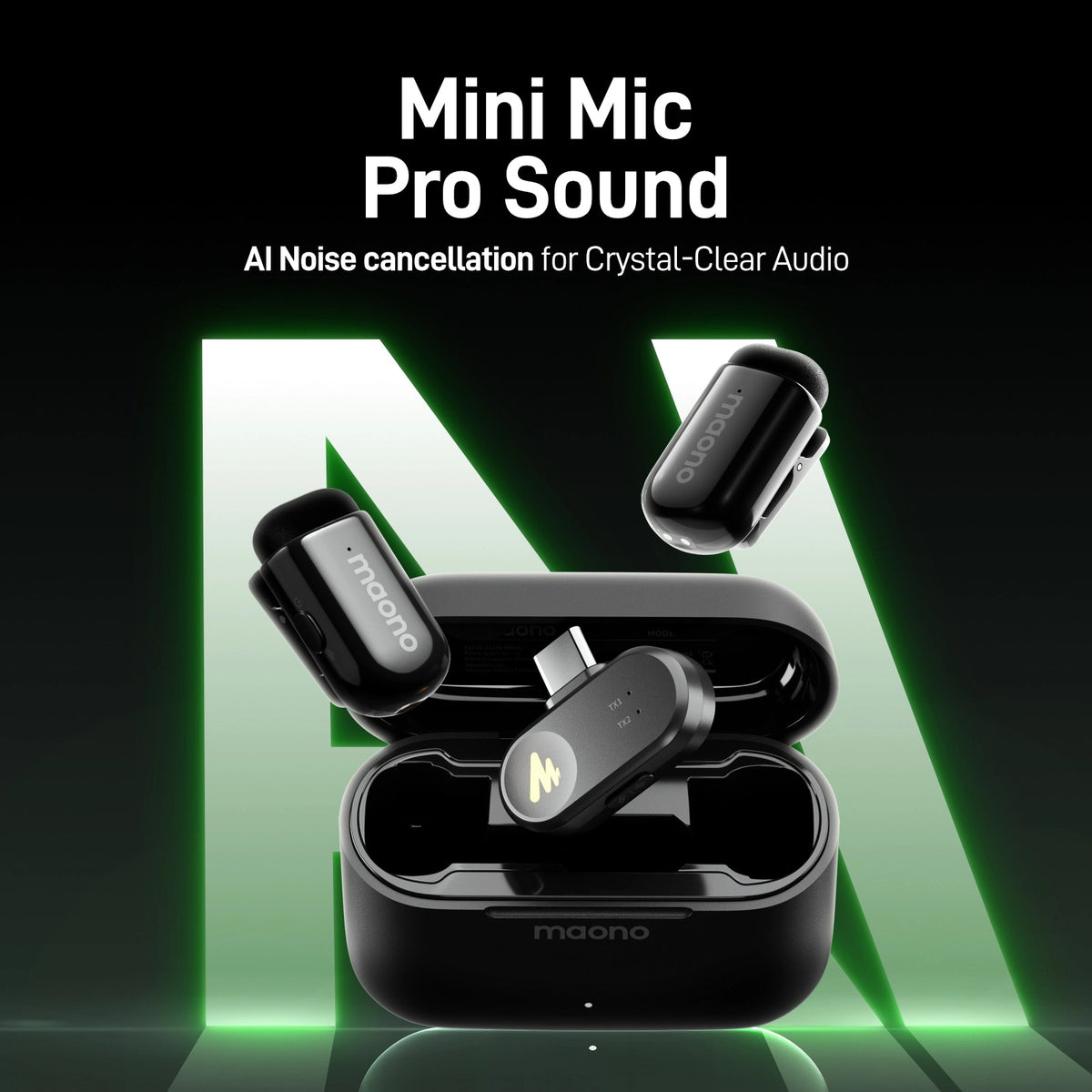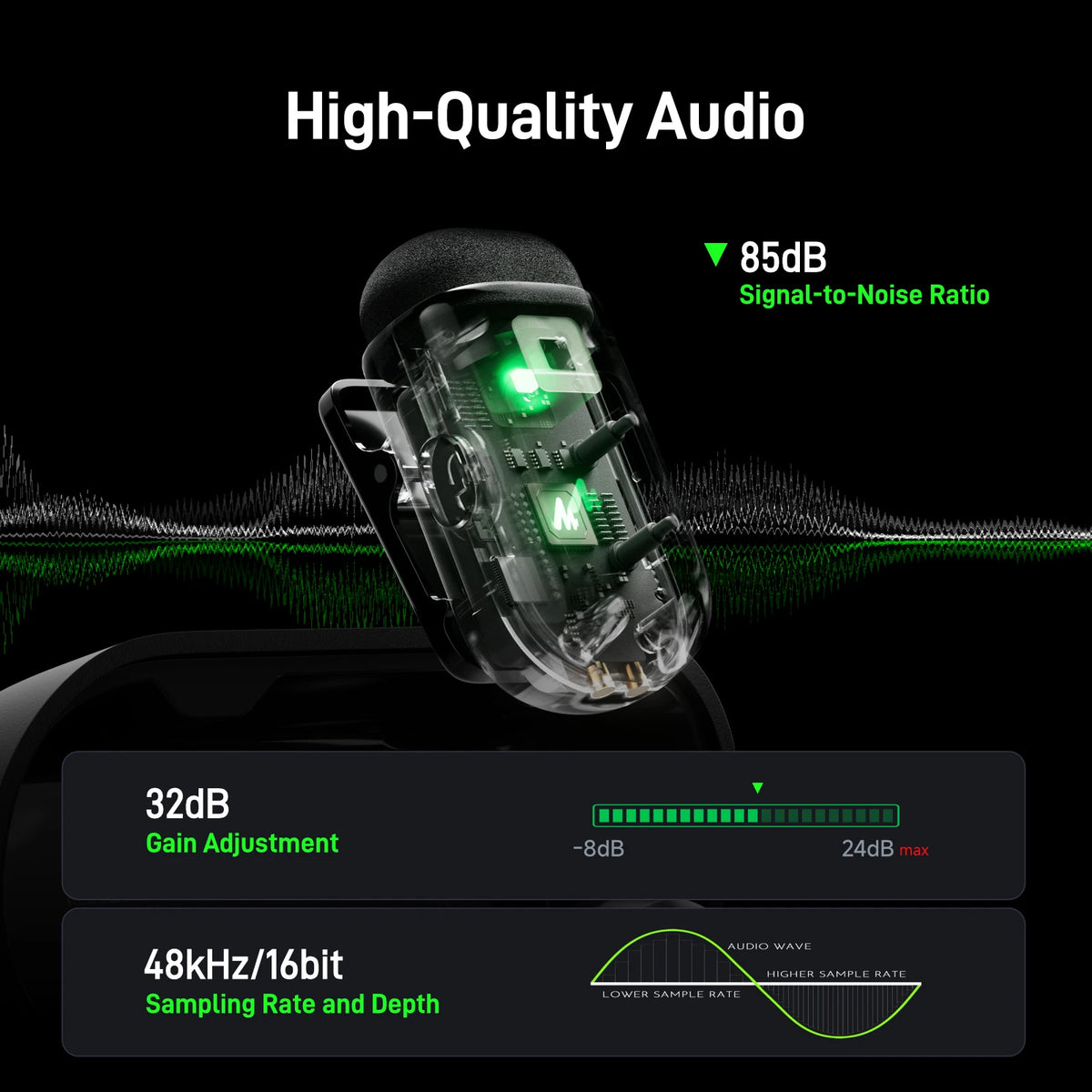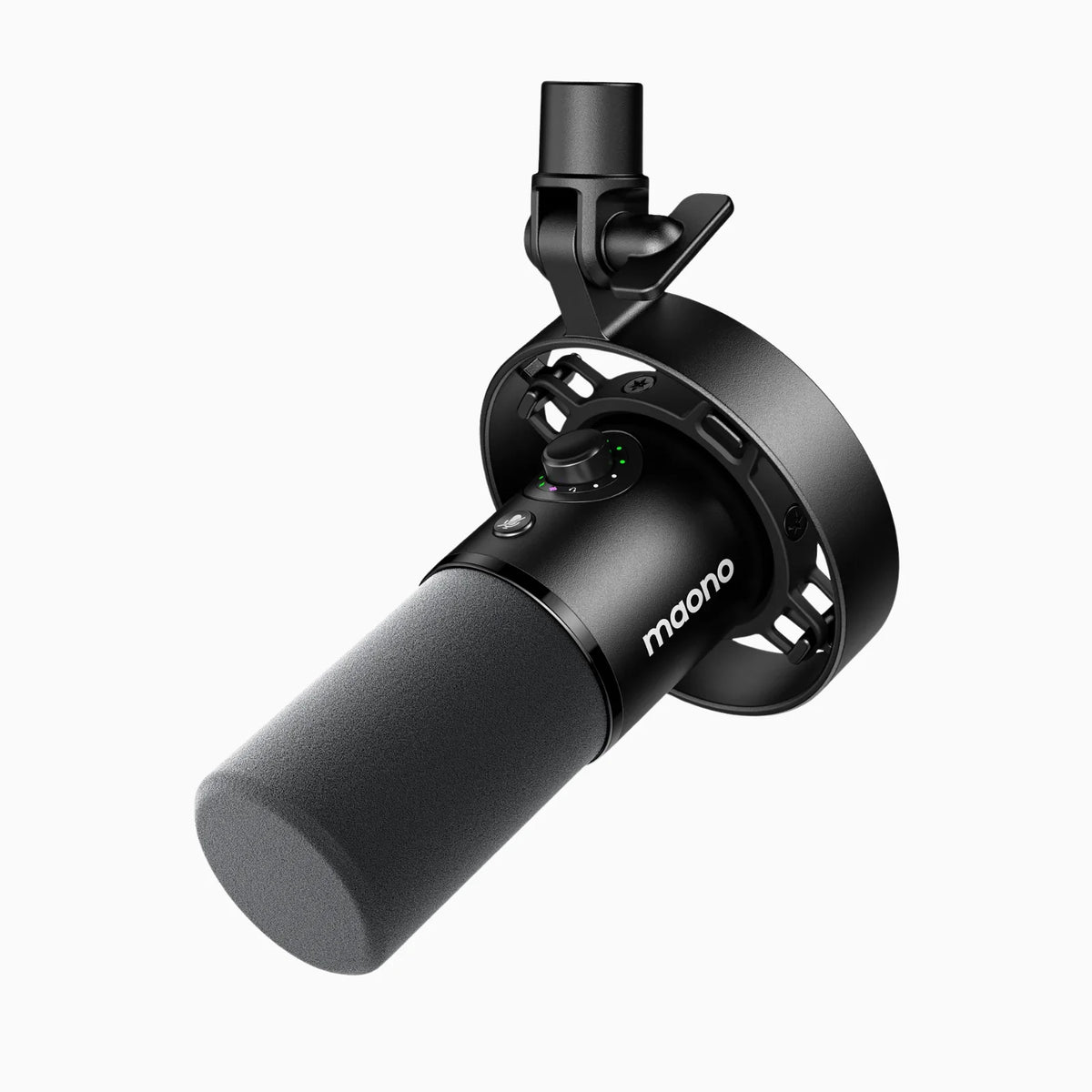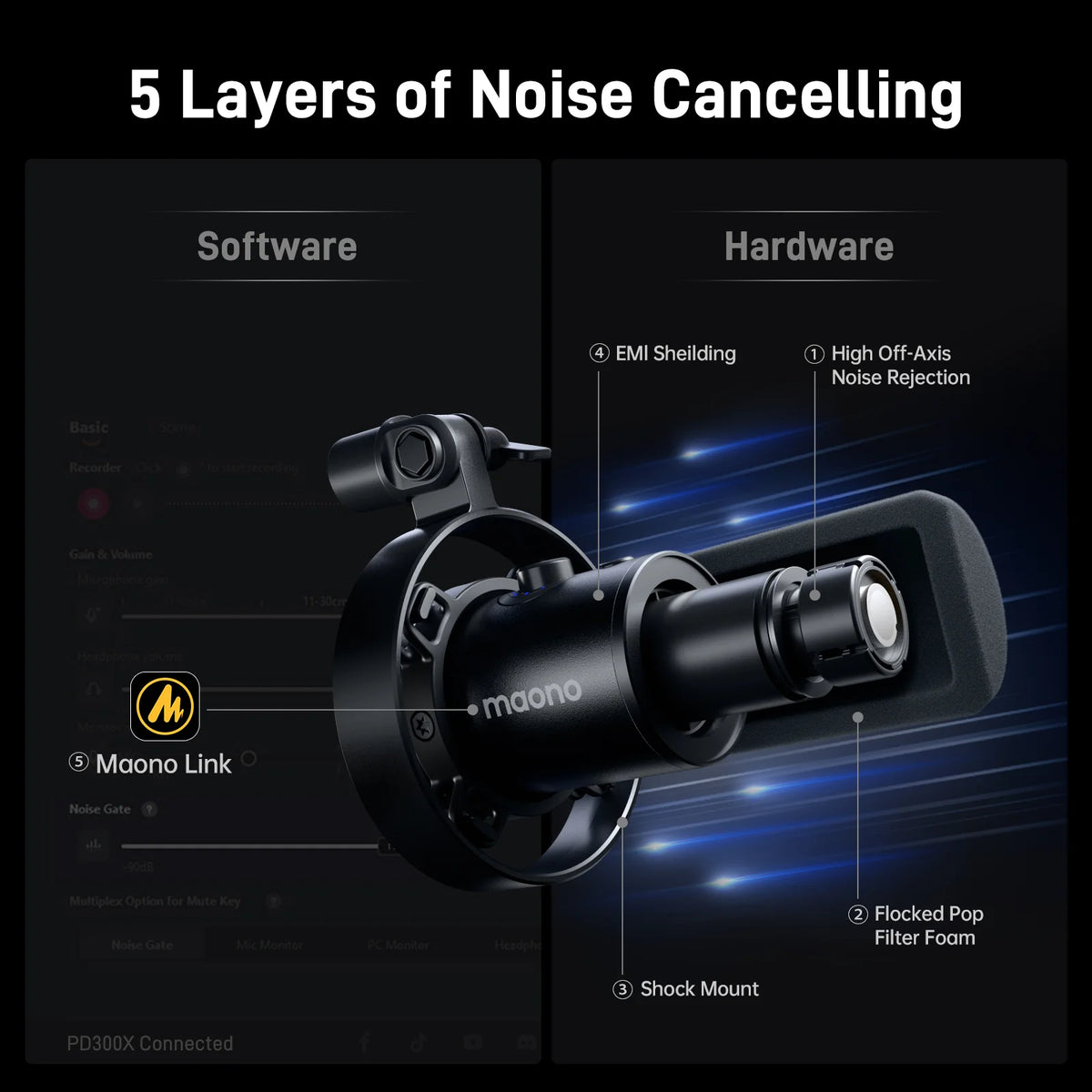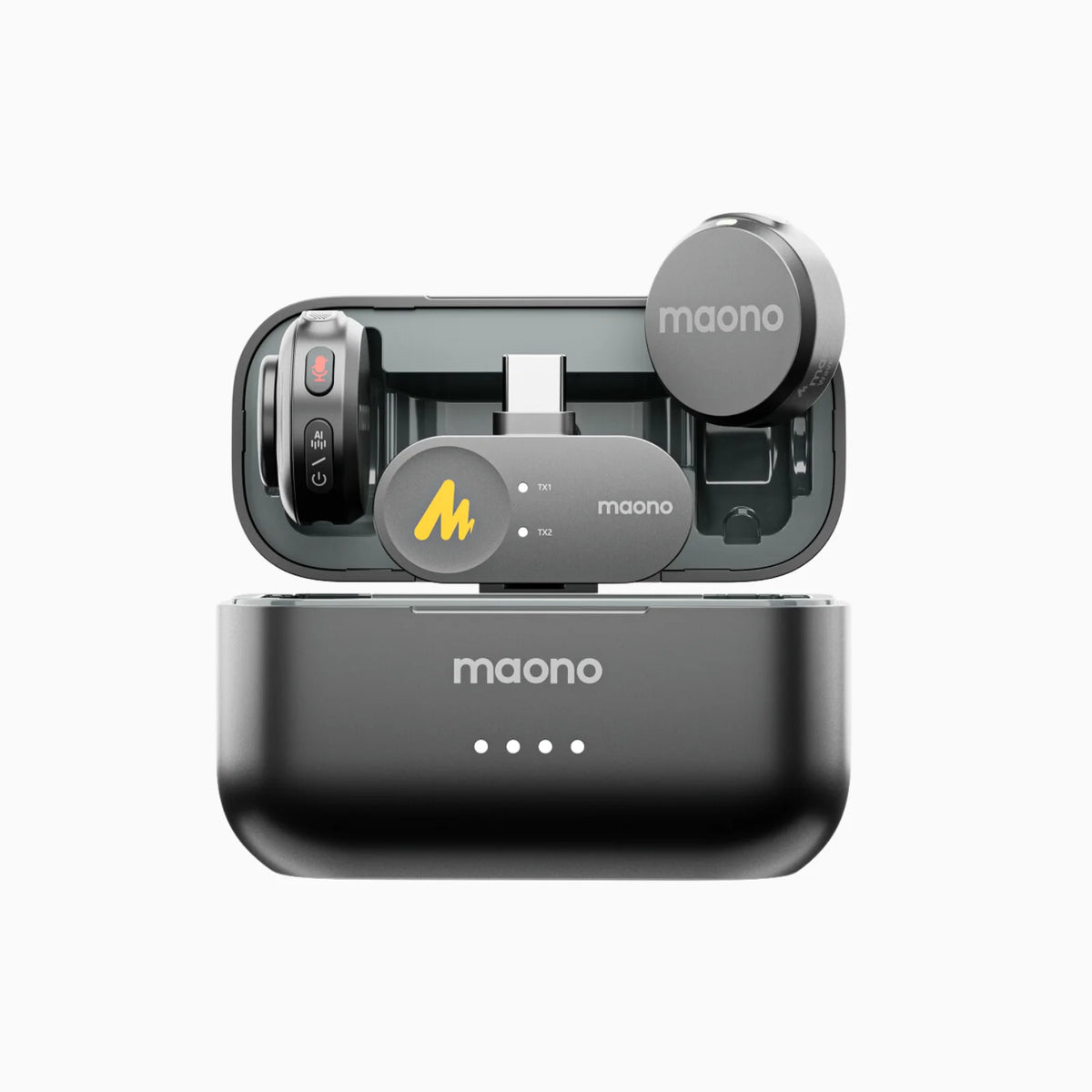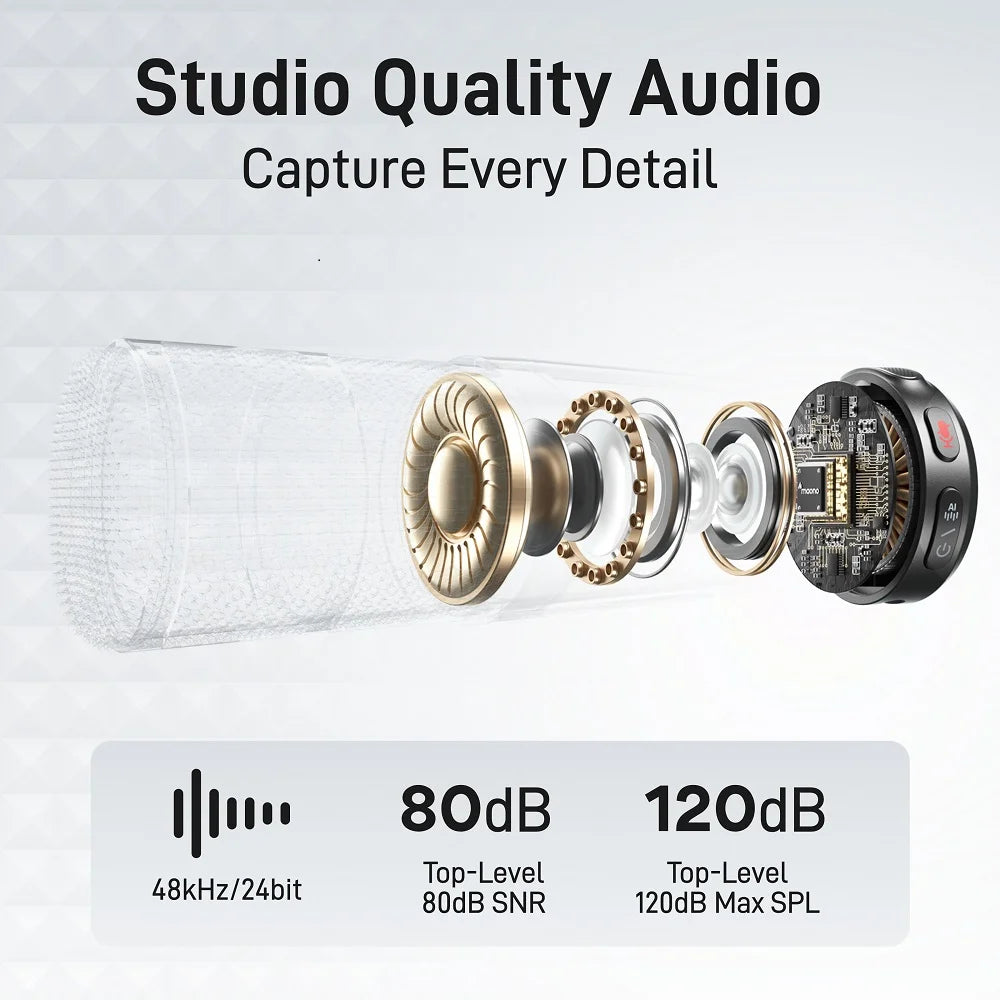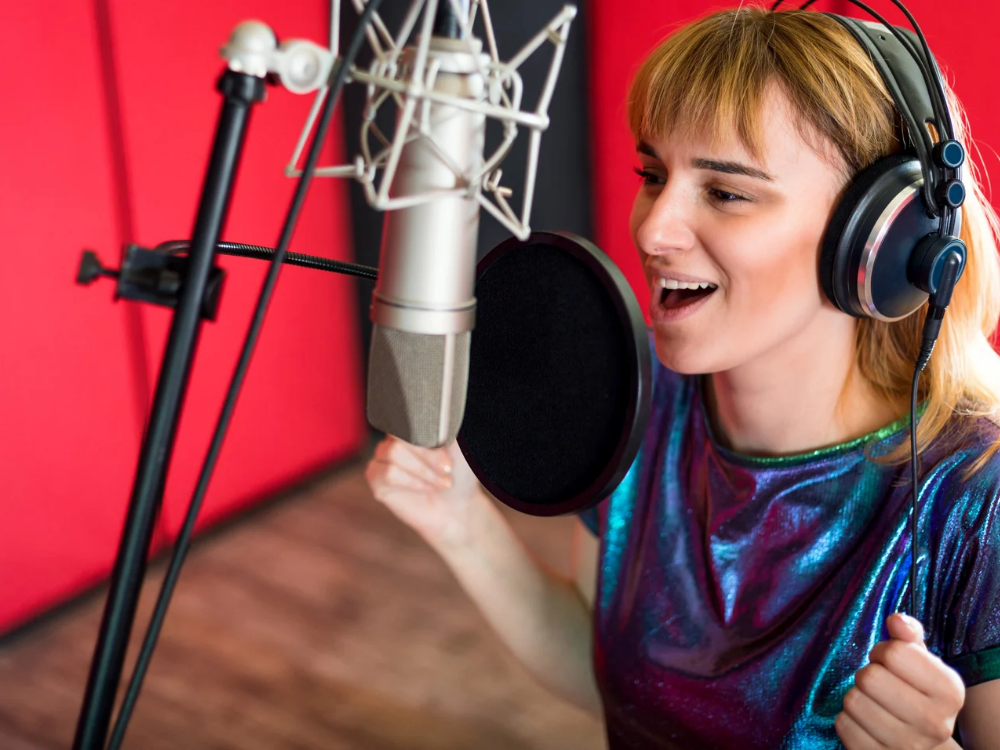Are you looking to upgrade your audio setup with a condenser microphone for crystal-clear vocals and studio-quality sound? In the world of audio recording, USB condenser microphones have become a go-to for musicians, podcasters, and content creators who want to achieve professional-level sound quality without breaking the bank or diving into complex audio interfaces.
In this article, we’ll explore what makes condenser microphones the top choice for capturing detailed sound, highlight the best USB condenser mics of 2024—including top picks like the Audio-Technica AT2020, Rode NT1, and Maono models—and dive into how they can elevate your vocals, podcasts, and instrument recordings. We’ll also cover essential FAQs like how much to invest, whether phantom power is needed, and how condenser mics stack up against dynamic ones. Let’s find the perfect microphone for your needs!
Firstly, let's explore what a condenser microphone is and how it works.
What is a Condenser Microphone and How Does It Work?
A condenser microphone converts sound into electrical signals using a capacitor (or condenser). The condenser diaphragm vibrates in response to sound waves, altering the distance between two charged plates, and resulting in a clear and detailed sound capture. Condenser microphones are particularly sensitive and are favored for their ability to capture subtle nuances in a voice or instrument, making them ideal for studio recording.
Purpose of Condenser Microphones
The primary purpose of a condenser microphone is to capture detailed, accurate, and nuanced audio. This makes them a preferred choice for studio recordings, vocals, and instrument recordings where clarity is key. Their extended frequency response allows them to pick up both high and low frequencies with precision, making them versatile for various applications like vocals, instruments, podcasting, and broadcasting.
What’s the Best USB Condenser Mic for Clear Vocals?
The best condenser mic depends on which one meets your recording requirements or standards. For clear and professional-sounding vocals, the Audio-Technica AT2020 is often hailed as one of the best USB condenser microphones. It offers a balance of affordability, sound clarity, and durability, making it a popular choice among vocalists, podcasters, and home studio users. Alternatively, the PD400X stands out as one of the best USB condenser mics online due to its user-friendly features, dual connectivity, cardioid polar pattern, and superior sound quality for its price point
The Choice Between an XLR or USB Condenser Microphone
When deciding between an XLR or USB condenser microphone, consider your experience level and recording setup. USB microphones are more beginner-friendly, offering plug-and-play convenience and built-in interfaces, ideal for home recording and podcasting. On the other hand, XLR microphones provide superior sound quality and flexibility, but they require additional equipment like an audio interface, making them better suited for professional or advanced users.
Best USB Condenser Microphones for 2024
Let’s dive into seven of the best condenser mics, drawing from Reddit’s recommendations, with a mix of professional brands like Audio-Technica, Rode, Aston, Shure, and Maono.
1. Audio-Technica AT2020
The Audio-Technica AT2020 is a staple in home studios. This USB condenser mic is highly regarded for its wide frequency response (20 Hz – 20 kHz), cardioid polar pattern, and excellent vocal clarity. Users love it for its versatility, whether for podcasting, singing, or streaming.
- Features: Wide dynamic range, cardioid polar pattern, USB connectivity
- Pros: Affordable, clear audio quality, great for vocals and instruments
- Cons: Lacks built-in gain controls
- Price: Approximately $99
2. Rode NT1
The Rode NT1 is another top-tier condenser microphone favored for its extremely low self-noise (4.5dB), making it one of the quietest studio mics available. With an extended frequency range of 20 Hz – 20 kHz and a highly sensitive diaphragm, this mic is ideal for professional vocal recordings.
- Features: Ultra-low noise, cardioid polar pattern, XLR and USB options
- Pros: Superior sound detail, minimal noise interference, durable build
- Cons: Higher price point, requires phantom power if using XLR
- Price: Approx. $269 to $318.95
3. Aston Origin
A favorite among Reddit users, the Aston Origin offers a warm, natural sound profile perfect for vocals and instruments alike. Its cardioid pattern provides excellent off-axis rejection, and its built-in pop filter reduces plosive sounds during vocal recording.
- Features: Hand-selected capsule, integrated pop filter, cardioid polar pattern
- Pros: Crisp sound, rugged build, great for vocals and guitar
- Cons: Not as portable due to heavier build
- Price: Approx. $249 to $250
4. Shure SM57
Though primarily a dynamic microphone, the Shure SM57 is widely recommended for its exceptional versatility. With an optional USB adapter, it transforms into a reliable microphone for vocals, guitars, and even drums. Known for its durability and clean sound capture, it is ideal for live performances and studio recordings alike.
- Features: Rugged dynamic build, USB adapter compatible
- Pros: Versatile, durable, excellent for instruments
- Cons: Less sensitive than traditional condensers
- Price: Approx. $99 to $100
5. Maono PM450S

The Maono PM450S is a USB condenser microphone designed for studio recording and podcasting. It has a frequency response of 20Hz to 20kHz, capturing a broad range of sounds from rich bass to clear highs, and features a cardioid polar pattern that focuses on sound from the front while minimizing background noise.
- Features: Maono Link software for sound customization, including 11 DSP effects and 5-band EQ, One-click mute button with LED indicator for quick muting, Real-time level monitoring display
- Pros: Clear sound, user-friendly, high-quality sound at 48kHz/24bit resolution, integrated 3-in-1 smart knob for volume, gain, and monitoring control, advanced noise reduction with a switchable high-pass filter, built-in pop filter and shock mount for noise and vibration reduction, durable zinc alloy construction
- Cons: Slightly pricier than other Maono models
- Price: Approx. $159.99
6. Maono PM500

This is Maono’s higher-end model designed for professional vocal and instrument recordings. The PM500 is equipped with a large diaphragm, providing a warm and rich sound profile that is ideal for studio use.
- Features: Large diaphragm, cardioid polar pattern, XLR connectivity
- Pros: Warm sound, great for vocals, sleek design
- Cons: Slightly pricier than other Maono models
- Price: Approx. $149.99
What Is a Good Condenser Mic for Recording Guitar?
The Audio-Technica AT2020 and Aston Origin are both excellent choices for recording guitars. The AT2020’s wide frequency response ensures crisp detail, while the Aston Origin provides a rich and warm tone, especially suitable for acoustic guitars. Both microphones offer a flat response, meaning they capture sound without unwanted colorization.
Are Users Primarily Using Condenser Mics for Studio Recording, Vocals, Instruments, Podcasts, or Broadcasting?
Condenser microphones are primarily used for studio recording due to their sensitivity and sound accuracy. However, in recent years, USB condenser mics have gained popularity for podcasts, voiceovers, and broadcasting as well. With the rise of home studios and streaming platforms, they are also a popular choice for musicians, podcasters, and content creators looking for professional sound quality at an affordable price.
FAQs
1. How Much Should You Be Willing to Spend on a High-Quality Condenser Microphone?
For a high-quality condenser microphone, expect to spend anywhere from $100 to $300. Mid-range mics like the Maono PM450S or the PM500 are available for around $80, while professional-grade microphones like the Rode NT1 or Aston Origin can cost upwards of $250. Your budget should align with your intended use, whether it's for casual podcasting or professional studio work.
2. Do All Condenser Mics Require Phantom Power? If Yes, Why?
Yes, most condenser microphones, especially XLR models, require phantom power (usually 48V) to function. This is because condenser mics rely on an active electronic circuit to capture sound, which needs an external power source. USB condenser microphones, however, draw power directly from the USB port, so they do not require separate phantom power.
3. Compare Condenser Microphone vs. Dynamic Microphone in Terms of Build Quality and When to Use Them?
- Build Quality: Condenser microphones are more delicate due to their sensitive internal components, while dynamic microphones like the Shure SM57 are built to withstand rougher handling, making them ideal for live performances.
- When to Use: Condenser microphones are best for studio environments where capturing detailed, nuanced sounds is important. Dynamic microphones are preferred for live performances, drums, and louder environments due to their ruggedness and resistance to feedback.
Final Thoughts
Whether XLR or USB condenser microphones, they both have evolved to provide professional sound quality at accessible price points. Whether you're a vocalist, podcaster, or instrumentalist, there's a condenser mic suited to your needs. In 2024, options like the Audio-Technica AT2020, Rode NT1, and Maono's lineup offer impressive sound clarity, ease of use, and versatility, making them excellent choices for anyone looking to up their audio game.








